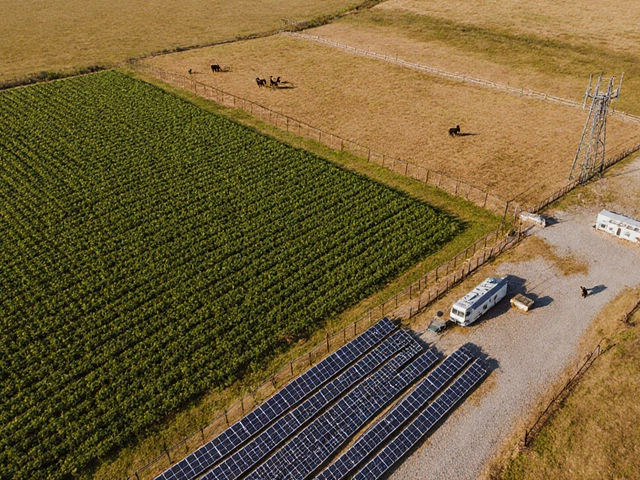Average Return in Real Estate: Simple Guide to Your Property Gains
Thinking about buying a flat, a plot, or a rental home? The first thing you’ll ask yourself is, “What kind of return am I going to get?” That’s the average return, and it’s the yardstick investors use to decide if a deal is worth chasing.
In plain English, the average return tells you how much profit you make each year compared to the money you put in. It’s usually expressed as a percentage, so you can compare a 5‑year‑old apartment in Mumbai with a commercial shop in Delhi or even a mutual fund.
How to Calculate Average Return
The basic formula is easy: Average Return = (Annual Net Income ÷ Total Investment) × 100. Net income means the rent you collect after you subtract expenses like property tax, maintenance, insurance, and any loan interest.
Let’s say you buy a 2BHK for ₹50 lakh, rent it out for ₹25,000 a month (₹3 lakh a year), and spend ₹50,000 a year on upkeep and taxes. Your net income is ₹2.5 lakh. Plug that in:
(₹2.5 lakh ÷ ₹50 lakh) × 100 = 5% average return.
That 5% is what you’d earn each year if everything stays the same. It’s a quick way to see if the property beats other options like a fixed deposit (usually 6‑7% now) or a stock portfolio (often higher but riskier).
What’s a Good Average Return?
In India, residential rentals typically yield 2‑4% in metros, 4‑6% in tier‑2 cities, and 6‑8% in emerging towns. Commercial spaces can push 8‑12% if the location is prime. If you’re chasing higher numbers, you may need to look at under‑developed areas or add value through renovation.
But don’t forget risk. A 10% return in a far‑away town sounds great until you realize there’s low demand, longer vacancy periods, or difficulty in reselling. Balance the percentage with how stable the cash flow really is.
Another rule of thumb: compare the average return to the cap rate of similar properties. The cap rate is essentially the same calculation but used by analysts to price properties. If your property’s cap rate is higher than the market average, you’re likely over‑paying; if it’s lower, you might have found a bargain.
Factors That Affect Your Return
Location: Proximity to schools, offices, and transport hubs drives rent and reduces vacancy.
Property Type: Finished apartments fetch higher rents than raw land, but land can appreciate faster.
Financing Cost: A high‑interest loan eats into net income. Aim for a loan rate below your expected return.
Maintenance & Management: Self‑manage to save fees, but professional agents can keep occupancy high.
Regulatory Changes: New rent control rules or tax reforms can swing your net income dramatically.
Keep an eye on these variables and re‑calculate your average return yearly. Small tweaks—like a fresh coat of paint or a better tenant screening process—can bump your net income by a few thousand rupees, which translates into a higher percentage.
Tips to Boost Your Average Return
1. Renovate Smartly: Update kitchens or add a balcony; these upgrades often raise rent by 10‑15% with modest spend.
2. Negotiate Lower Loan Rates: Refinance when market rates dip; even a 0.5% drop lifts your net return.
3. Use Tax Deductions: Claim depreciation, interest, and maintenance as expenses to lower taxable income.
4. Target High‑Demand Segments: Student housing, corporate rentals, or short‑term stays can command premium rates.
5. Keep Vacancies Short: List the property on multiple platforms, respond quickly, and maintain a good reputation.
By tracking the numbers and tweaking where you can, the average return moves from a static figure to a dynamic tool that guides smarter decisions.
Bottom line: the average return gives you a quick snapshot of profit versus risk. Use it to compare properties, benchmark against other investments, and spot opportunities to improve your cash flow. When you keep the math simple and stay on top of the factors that push the percentage up or down, you’ll know exactly whether a property is a win or a waste of your money.





